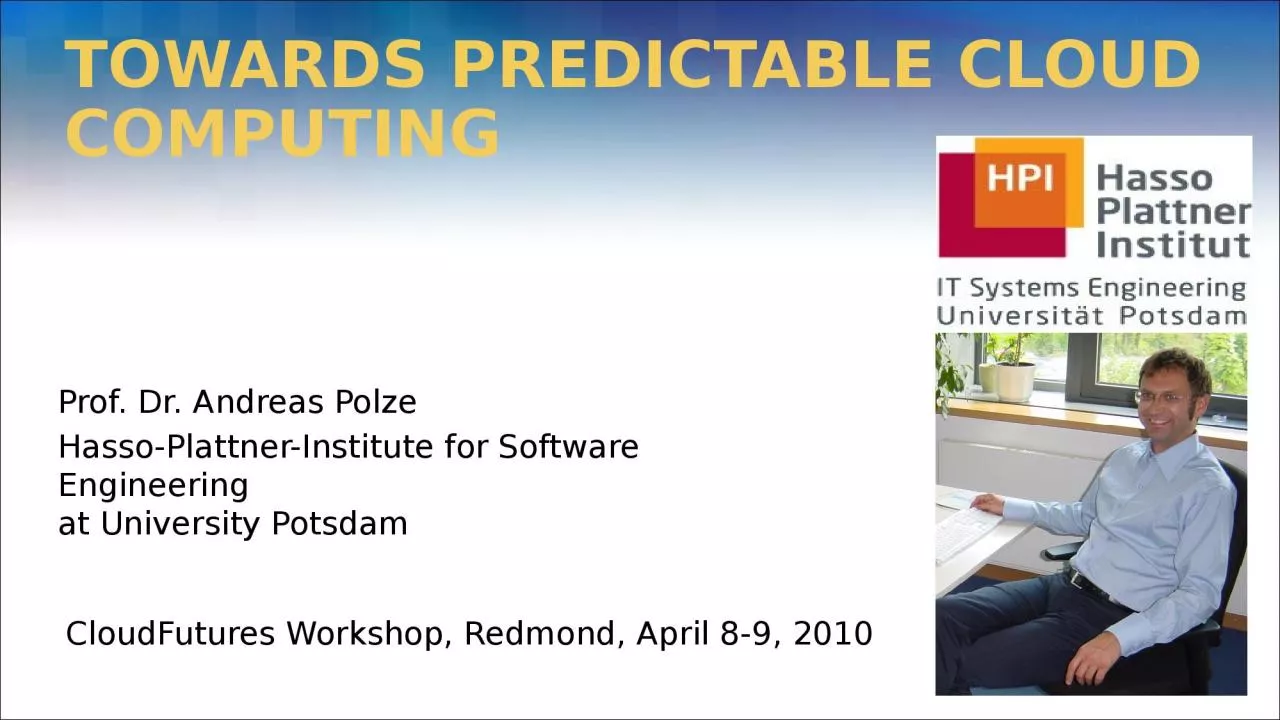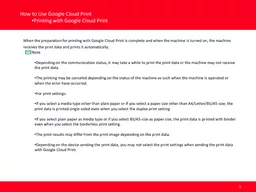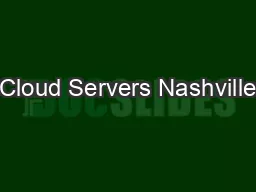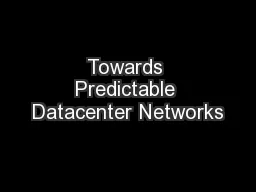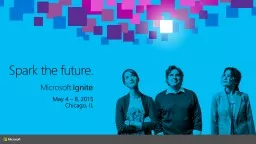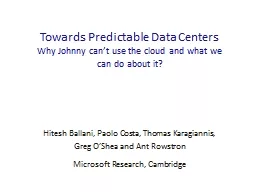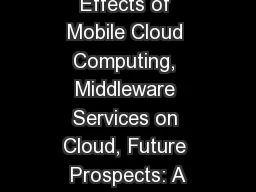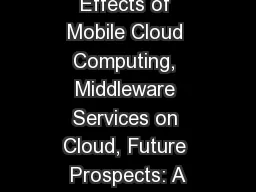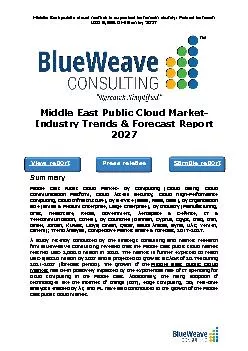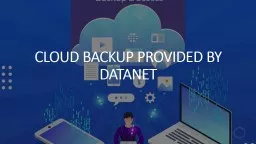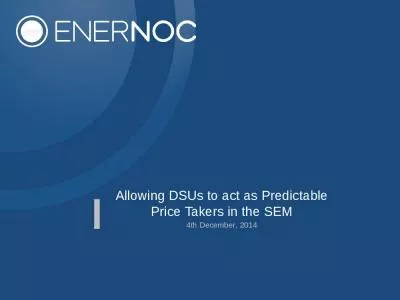PPT-Towards Predictable Cloud
Author : eliza | Published Date : 2024-03-13
Computing Prof Dr Andreas Polze HassoPlattnerInstitute for Software Engineering at University Potsdam CloudFutures Workshop Redmond April 89 2010 Agenda Towards
Presentation Embed Code
Download Presentation
Download Presentation The PPT/PDF document "Towards Predictable Cloud" is the property of its rightful owner. Permission is granted to download and print the materials on this website for personal, non-commercial use only, and to display it on your personal computer provided you do not modify the materials and that you retain all copyright notices contained in the materials. By downloading content from our website, you accept the terms of this agreement.
Towards Predictable Cloud: Transcript
Download Rules Of Document
"Towards Predictable Cloud"The content belongs to its owner. You may download and print it for personal use, without modification, and keep all copyright notices. By downloading, you agree to these terms.
Related Documents

